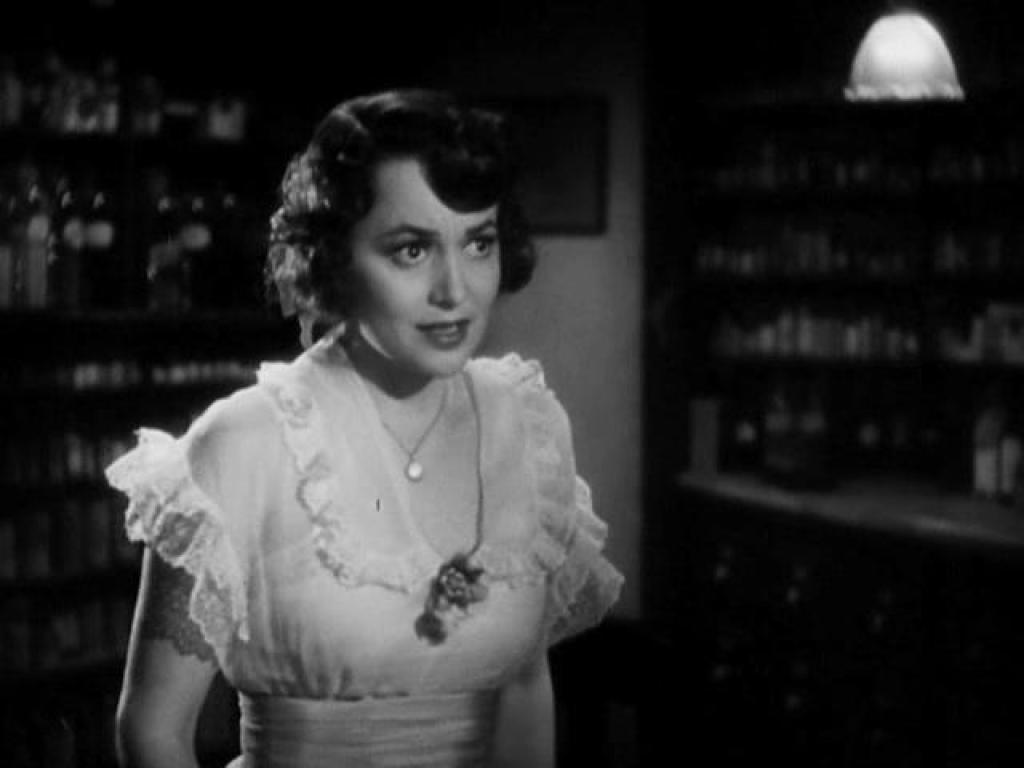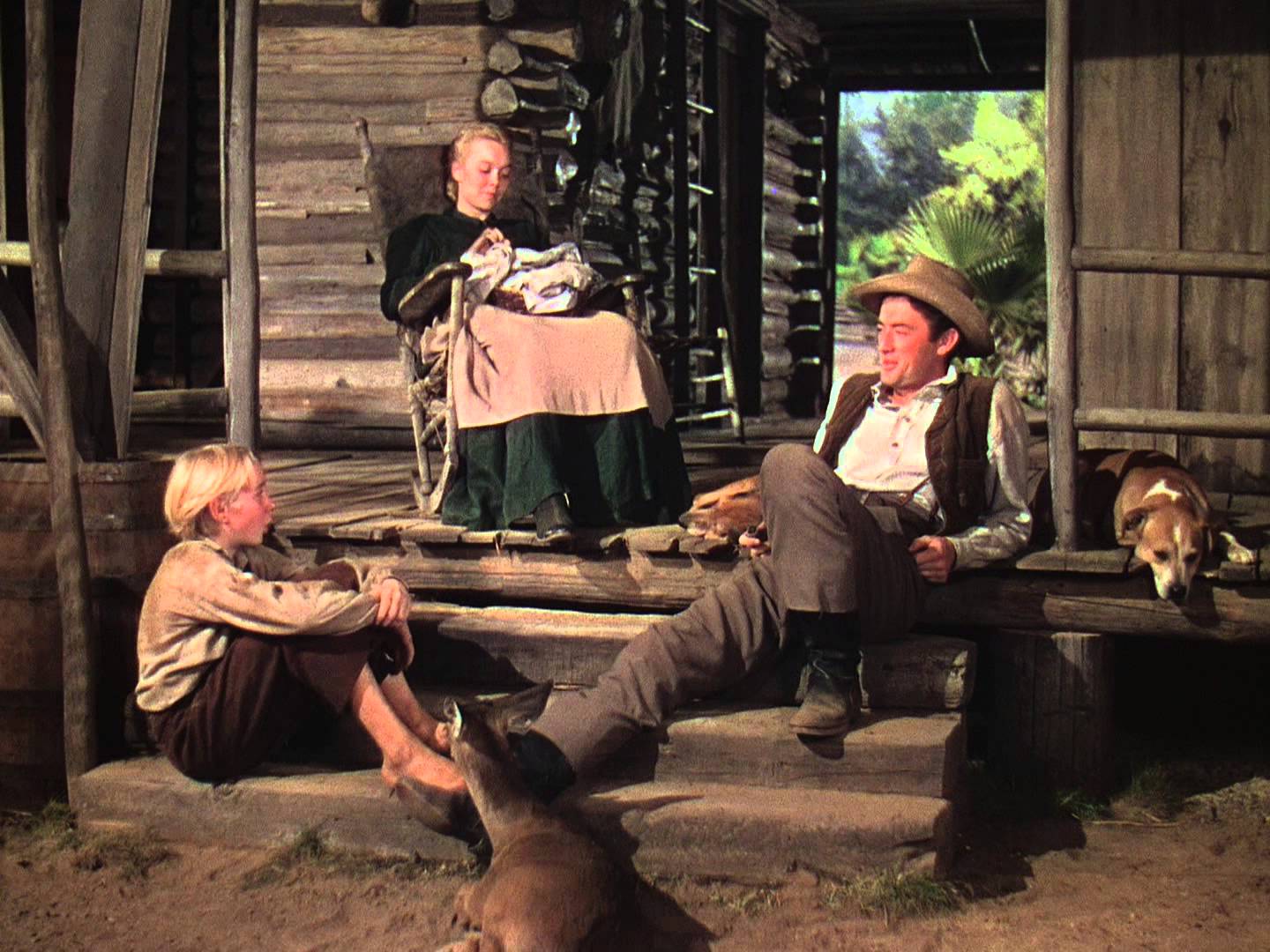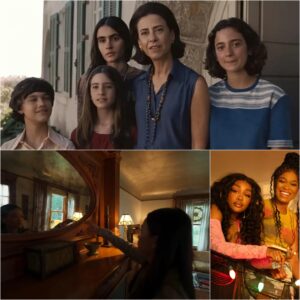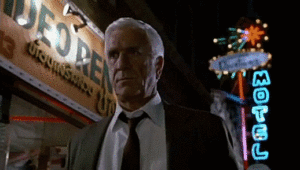Review and Analysis of the 19th Academy Awards

……………………………………………………..
Review and Analysis of the 19th Academy Awards
The 19th Academy Awards were mostly pretty satisfactory. While some slates were weaker than others, most of the eventual winners were worthy ones with the acting awards, directing and Best Picture itself all being phenomenally chosen. It wasn’t the greatest year for cinema, but the Academy did the best they could, mostly choosing to honor strong films that are still respected to this day with some caveats here and there.
……………………………………………………..
……………………………………………………..
OUTSTANDING PRODUCTION
This slate wasn’t the greatest, but it was pretty good. The Razor’s Edge was a bloated epic that was solid and admirably ambitious, but deeply flawed. The Yearling was a fine family-friendly flick that isn’t all that memorable at the end of the day. Olivier’s Henry V deserved its spot here for the sheer artistry behind this production. Eventually, it was all going to boil down to It’s a Wonderful Life versus The Best Years of Our Lives. Yes, the former is a stronger movie, but Best Years was also incredible and this was 1946 after all, so it was only fitting that they honored a WWII drama at this point in time. It remains one of the best winners in this category, so of course I have no qualms with it winning. You can read my full ranking of the nominees here.
……………………………………………………..

……………………………………………………..
BEST DIRECTOR
This was a stacked category with Frank Capra and David Lean both delivering incredible work. It’s a shame that Brief Encounter did not win any Oscars this year. I would personally vote for either Lean or Capra here, but there is no doubt about it – William Wyler deserved his win. His directing on Best Years was truly superb, confident and polished. It’s one of his best works and it’s great that the Academy honored it. He won three Oscars overall, but this was the most deserved of his wins.
……………………………………………………..
……………………………………………………..
BEST ACTOR
The Best Actor slate this year frankly wasn’t the greatest. Larry Parks had no business being here as his role and performance were okay at best. Gregory Peck was good, but far from worthy too. Laurence Olivier at least deserved to be here, though even his performance wasn’t the most memorable one of his career. Ultimately, this turned out to be a battle between two titans – Fredric March and James Stewart. It is frustrating that they failed to honor Stewart for his career-best work, but March was so incredible in what was the main role of his movie that it’s difficult to hold a grudge against his win here.
……………………………………………………..
……………………………………………………..
BEST ACTRESS
The best performance this year wasn’t even nominated, which was Ingrid Bergman’s incredible turn in Notorious. Most of the actresses on this list weren’t really deserving of their inclusion with Jennifer Jones being the worst offender as her performance was far from good. Celia Johnson fared best of the nominees and it was great that they recognized this calmer and more subtle performance. Ultimately, the award went to Olivia de Havilland for her excellent turn in To Each His Own, which is a flawed melodrama, but one that was elevated by her terrific performance. I would personally vote for Bergman this year, but Havilland was a worthy choice too.
……………………………………………………..
……………………………………………………..
BEST SUPPORTING ACTOR
Claude Rains was terrific in Notorious and that remains one of his best roles, but there was no question about it – the deserving winner turned out to be Harold Russell. The interesting thing about him is that he was a non-professional actor and a real veteran. This was a great casting choice that led to a more potent and authentic performance that really worked. He was the heart and soul of his classic movie and I am so glad that they honored him with the statuette.
……………………………………………………..
……………………………………………………..
BEST SUPPORTING ACTRESS
This wasn’t the best slate you can think of, though some worthy performances were definitely included. Gale Sondergaard and Ethel Barrymore were the standouts of the nominees with the other two being much less deserving. As for the eventual winner, I actually agree with the Academy as Anne Baxter was among the highlights of The Razor’s Edge. She was memorably icy and villainous in that epic drama.
……………………………………………………..

……………………………………………………..
BEST ORIGINAL SCREENPLAY
This was another terrible slate during this era when the Academy really could not recognize the best screenplays of the year even if they hit them in the head. The winner is this underseen movie that was lost to time. Of the nominees, Notorious was the best written of the bunch and it should have won easily.
……………………………………………………..
……………………………………………………..
BEST SCREENPLAY
Well, this is what I’m talking about. In what was a much better screenplay slate, this list of nominees was surprisingly competent with the foreign addition in the form of Rome, Open City being quite an intriguing one. Every single nominee here was at least an interesting choice. The Best Years of Our Lives ended up winning, which was expected and undeniably worthy as that script was impeccable, but the simple beauty of Brief Encounter could have easily gotten it too.
……………………………………………………..

……………………………………………………..
BEST MOTION PICTURE STORY
This was a very bad slate with the eventual winner being this lesser-known movie that I haven’t seen. It’s a total filler category.
BEST DOCUMENTARY FEATURE
This was the year when no award for Best Documentary Feature was given out, which is a mystery to me as there must have been worthy documentaries released during the period.
……………………………………………………..

……………………………………………………..
BEST ANIMATED SHORT FILM
1946 was a superb year for animated short movies, but the Academy’s slate did not quite reflect on that. Yes, The Cat Concerto rightfully won as this is after all one of the most iconic Tom & Jerry cartoons, but the other nominees were only solid with the musical bent being problematic this time around. It’s not a bad slate per say, but it could have been so much better. You can read my full ranking of the nominees here.
……………………………………………………..
……………………………………………………..
BEST SCORING OF A DRAMATIC OR COMEDY PICTURE
The Best Years of Our Loves has a terrific score that is quite effective throughout its long runtime, so needless to say it deserved to win this award. The only other worthy nominee was the epic and memorable Henry V.
……………………………………………………..
……………………………………………………..
BEST SCORING OF A MUSICAL PICTURE
How did The Jolson Story manage to win this award over The Harvey Girls? The former is a tired biopic while the latter is this infinitely more fun and vibrant musical that has stood the test of time much better with its score being timeless. This was truly a terrible choice by the Academy.
……………………………………………………..
……………………………………………………..
BEST ORIGINAL SONG
Speaking of The Harvey Girls, the best and most iconic song in that fun musical is On the Atchison, Topeka and the Santa Fe, which is this beautifully sung and instantly memorable earworm that undoubtedly deserved to win an Oscar in a very weak year for movie songs.
……………………………………………………..
……………………………………………………..
BEST SOUND RECORDING
The Jolson Story took sound this year, which was a travesty. The Best Years of Our Lives would have been a much more worthy winner, but my vote would go for It’s a Wonderful Life, a fantasy drama that benefits from a plethora of sound effects that are inventive and quite striking.
……………………………………………………..
……………………………………………………..
BEST ART DIRECTION, BLACK-AND-WHITE
The Razor’s Edge was a solid nominee for this award, but it eventually went to Anna and the King of Siam, which was an easy choice having in mind that this was a rare film from 1946 that was populated by numerous extensive period piece sets.
……………………………………………………..
……………………………………………………..
BEST ART DIRECTION, COLOR
The Yearling somehow won production design in color over the much more powerful and arresting Henry V, which is Olivier’s Shakespeare adaptation that features a staggering amount of gorgeous sets. It recreates that stage feel beautifully and it’s such a shame that it wasn’t recognized here.
……………………………………………………..
……………………………………………………..
BEST CINEMATOGRAPHY, BLACK-AND-WHITE
Anna and the King of Siam also took home cinematography, which was not the greatest choice. This year the Academy snubbed so many good-looking black-and-white films with the worst offender being the dismissal of It’s a Wonderful Life, a beautiful-looking, polished film that still looks great to this day.
……………………………………………………..
……………………………………………………..
BEST CINEMATOGRAPHY, COLOR
The Yearling took home cinematography along with the production design, which was a solid choice in a year that really did not have as many worthy color movies to recognize for this award.
……………………………………………………..
……………………………………………………..
BEST FILM EDITING
It’s a Wonderful Life and The Best Years of Our Lives are both incredibly well edited, so I would have a hard time choosing one over the other, but I am ultimately glad that the Academy went with the latter, especially having in mind that it’s a three-hour long movie that never feels long while watching it, which is a huge accomplishment indeed.
……………………………………………………..
……………………………………………………..
BEST SPECIAL EFFECTS
Blithe Spirit is this incredibly quirky and surprisingly dark fantasy picture that easily won this Oscar in a year that was lacking in genre features. The practical effects done on this movie are insanely good and the film aged like fine wine because of their sophistication.

















